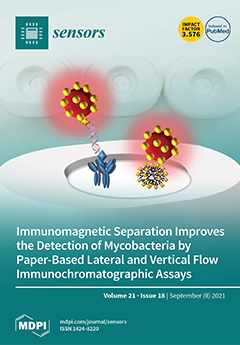Development boards, Single-Board Computers (SBCs) and Single-Board Microcontrollers (SBMs) integrating sensors and communication technologies have become a very popular and interesting solution in the last decade. They are of interest for their simplicity, versatility, adaptability, ease of use and prototyping, which allow them
[...] Read more.
Development boards, Single-Board Computers (SBCs) and Single-Board Microcontrollers (SBMs) integrating sensors and communication technologies have become a very popular and interesting solution in the last decade. They are of interest for their simplicity, versatility, adaptability, ease of use and prototyping, which allow them to serve as a starting point for projects and as reference for all kinds of designs. In this sense, there are innumerable applications integrating sensors and communication technologies where they are increasingly used, including robotics, domotics, testing and measurement, Do-It-Yourself (DIY) projects, Internet of Things (IoT) devices in the home or workplace and science, technology, engineering, educational and also academic world for STEAM (Science, Technology, Engineering and Mathematics) skills. The interest in single-board architectures and their applications have caused that all electronics manufacturers currently develop low-cost single board platform solutions. In this paper we realized an analysis of the most important topics related with single-board architectures integrating sensors. We analyze the most popular platforms based on characteristics as: cost, processing capacity, integrated processing technology and open-source license, as well as power consumption (mA@V), reliability (%), programming flexibility, support availability and electronics utilities. For evaluation, an experimental framework has been designed and implemented with six sensors (temperature, humidity, CO
2/TVOC, pressure, ambient light and CO) and different data storage and monitoring options: locally on a μSD (Micro Secure Digital), on a Cloud Server, on a Web Server or on a Mobile Application.
Full article






